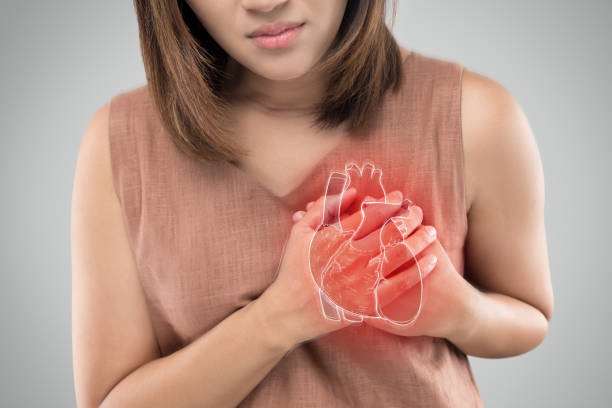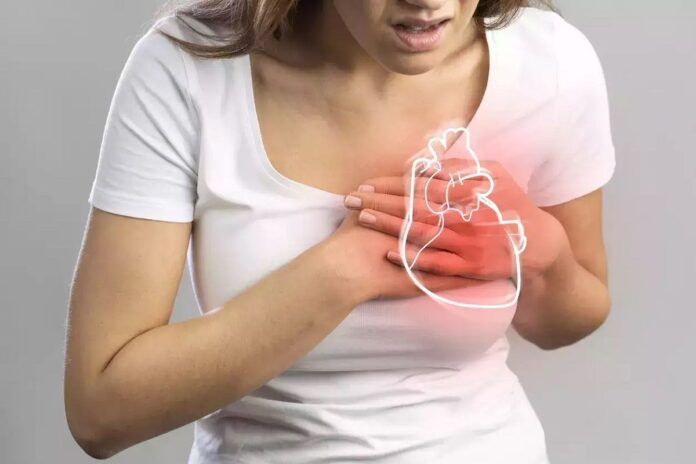Most of us know that chest pain or pressure is a key symptom of a heart attack. But studies show that many people don’t recognize other symptoms or don’t seek emergency help right away—perhaps out of denial or because they are embarrassed that the problem will turn out not to be serious. There are also differences between how men and women experience, and respond to, heart attack symptoms.
A heart attack is one situation where it’s critical to get the right help—fast. Receiving medications or a procedure to relieve a blocked artery within two hours after the onset of symptoms greatly increases not only your chances of surviving the heart attack, but of recovering with less damage to the heart muscle.
Symptoms of a heart attack

Chest pain that feels crushing or spreading is the most common symptom of heart attack for both women and men. It’s not wise to try to explain it away. Shortness of breath, in particular, and radiating pain in one or both arms are other symptoms to take seriously. Additional warning signs include:
- Nausea and vomiting
- Heavy sweating
- Pain in the jaw, head or shoulders
- A feeling of intense anxiety or malaise
Women and heart attack symptoms
More than one study has shown that women are less likely to identify their own heart attack symptoms and thus may postpone seeking help. This is in part because their heart attack symptoms are different, more diverse, and less well known than those that typically occur in men. Women having a heart attack are somewhat more likely to experience nausea, pain in the jaw, neck, shoulder, back, or ear, and a feeling of intense anxiety. (Surprisingly, research has found that one-third of people having a heart attack, including women, don’t have chest pain.)
Women often fear being perceived as hypochondriacs if it turns out not to be a heart attack. After experiencing such atypical symptoms, Rosie O’Donnell, for example, waited until the next day to see her doctor. Doctors may not recognize a woman’s symptoms, either. Prompt treatment means a better prognosis—a small delay, sometimes even minutes, can make a big difference.
Most women have not been educated about the less common symptoms of a heart attack. And even if they have chest pain and other classic symptoms, they may believe that heart attacks are a man’s disease. They see breast cancer as their biggest enemy—and this misperception may contribute to misinterpreting heart attack symptoms (“not me, I’m a woman”).
Yet heart disease is still the leading cause of death for both women and men in the U.S. and Canada, and women’s risk of heart attack rises sharply after menopause.
Immediate care for a heart attack
For men and women—or anybody assisting a person with chest pain—the first goal is to get expert medical help as fast as possible. Don’t panic. Do the following:
- Call 911 (or have someone else call) and report that you are having a heart attack.
- Chew and swallow an aspirin (full size). This will help dissolve the blood clot if there is one.
- Don’t drive yourself to the hospital or be driven by someone. Waiting for an ambulance will lead to faster treatment and could be lifesaving. Emergency medical services (EMS) workers not only can begin treatment on site and en route to the hospital, they can also communicate crucial medical information to the hospital to speed things up when the patient arrives.




